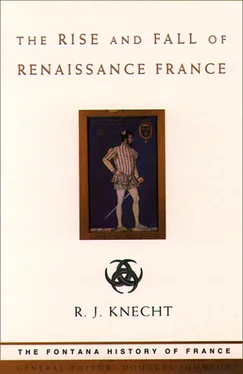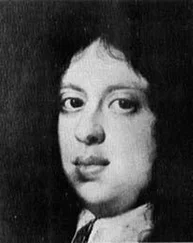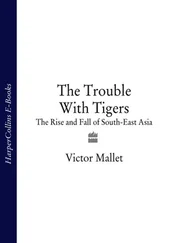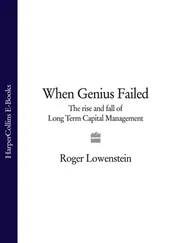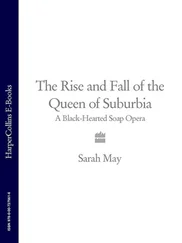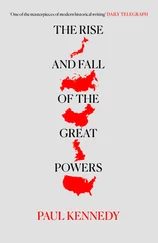Charles crossed the Alps at the end of August, using the Mont Genèvre pass. His principal lieutenants were Stuart d’Aubigny, Louis d’Orléans and Gilbert de Montpensier. The army’s passage through the mountains was eased by the fact that the artillery was sent to Genoa by sea. On reaching Piedmont the army marched on Asti, which belonged to the duc d’Orléans, before advancing on Turin. The house of Savoy had for some time distanced itself from France, but the duke was a child and his mother, Blanche, could only welcome her cousin the French king, backed, as he was, by such a considerable force. On 5 September he was magnificently received in Turin. Meanwhile, at Rapallo, the first serious engagement of the campaign took place, when a Neapolitan attack on Genoa was repulsed by a fleet commanded by Louis d’Orléans. After spending nearly a month in Asti, Charles moved to Milan. On 22 October, following the death of Giangaleazzo Sforza, the citizens asked Lodovico to become their duke. Although there were other claimants to the duchy, including Louis d’Orléans, Charles did not oppose Lodovico for fear of prejudicing his own campaign.
Meanwhile, in Florence, news of the French invasion revived the myth of liberty so closely associated with the French crown. Piero de’ Medici, unlike his father, had failed to remain primus inter pares. His government had become increasingly arbitrary. Without the consent of the Signoria he had drawn closer to Naples and broken the city’s alliance with France, a move seen by the Florentines as a serious abuse of power. Their civic tradition was deeply rooted in the Carolingian legend. According to Villani, Charlemagne had given them independence and freedom while Charles d’Anjou had caused the Guelf cause to triumph over imperial tutelage. Charles VIII was regarded as their descendant and his coming was taken by the Florentines as an opportunity to demonstrate their unshaken loyalty to the French alliance. As the French army penetrated Tuscany there was panic in Florence. On 30 October, after a show of resistance, Piero handed over to Charles the Signoria ’s fortresses. His caution or cowardice precipitated his downfall. On 9 November the Medici regime was toppled.
The French invasion of Italy also coincided with a widely felt eschatological vision. Many people believed that the old world was coming to an end and a new Golden Age was about to begin. This seemed confirmed by a profusion of natural phenomena such as eclipses, floods and thunderbolts. Charles VIII appeared as the man of Providence chosen to bring peace, liberty and justice, to purify the church, to drive the infidel out of Jerusalem and to rid Italy of her shame. He was still in Pisa when he was visited by a deputation from Florence headed by Savonarola, who, claiming to be God’s spokesman, acclaimed him as ‘an instrument in the hands of the Lord’. The friar urged Charles to fulfil his divine mission of purification, begging him at the same time to show mercy to the people of Florence. Meanwhile, the Pisans asked to be released from Florentine tutelage, but Charles would give them only vague promises; the support of Florence was more precious to him at this moment than the gratitude of the Pisans. On 17 November he entered Florence in triumph. However, his accord with the republic alienated the duke of Milan who had hoped to recover two former Genoese towns – Sarzana and Pietrasanta – which Florence had seized in the past. He recalled 6000 troops who were serving alongside the French and began to intrigue against them with other powers.
From the moment Charles crossed the Alps until his arrival in Naples, his march through Italy was a triumphal progress. Wherever he passed, large crowds flocked to acclaim him. Each town received him in the same way: an official deputation, made up of senior churchmen and representatives of the local government, would come forward to meet him, they would hand him the keys of the town, and a length of its wall would be destroyed as a mark of subservience. Great efforts were also made to decorate the streets in the king’s honour. Precious hangings adorned the façades of houses and temporary monuments, such as triumphal arches, were erected in his path. Inscriptions comparing him to Caesar or Alexander the Great stressed the sacredness of his mission as well as his invincibility. Many coins bearing his effigy were struck. Wherever the king made his entry he was accompanied by a large military contingent. Italian spectators were much impressed by the sheer size of the French army and by the colourful costumes worn by the king and his nobles.
The unanimous capitulation of towns to Charles VIII was inspired not only by his reputation as a divinely appointed liberator but also by fear of the force at his disposal. The size of the French army, its formidable armament and the fighting qualities of its troops were awesome to the Italians. Although the invasion met with little resistance and was, therefore, largely bloodless, a few incidents, such as the sack of a fortress at Fivizzano, revealed the cruelty of the French. They took no prisoners, and massacred everyone regardless of sex or age. They seemed to have respect neither for God nor the devil. The furia francese was compared by some observers to a tempest. Not content with shedding blood, the French liked to set fire to everything. An eyewitness, Passaro, described them as worse than the Turks and the Moors, worse even than savages.
The French invasion divided Italy rather than helping to unify it. The various states fell into two camps as they sided with or against Charles. His coming created a climate of tension in the peninsula in which antagonisms hitherto latent became manifest. A wind of revolt blew across the peninsula, reviving old conflicts between Guelfs and Ghibellines. Mercenary captains offered their services to the highest bidder. Towns of the contado rid themselves of the tutelage of the Signoria. In Tuscany, revolts broke out in Pisa, Montepulciano and Arezzo. The fragile edifice of the States of the Church also collapsed: at Perugia, the Baglioni strengthened their authority at the pope’s expense. The towns of the papal states capitulated to the French in rapid succession. Partisans of the Colonna harried the pope up to the gates of Rome. Alexander VI, finding himself abandoned by his court and the people of Rome, prepared to fortify Castel Sant’Angelo in self-defence.
The pope had every reason to be fearful as the French drew closer to Rome. He was not unduly worried about the threat to the Aragonese regime in Naples, which had not always been submissive to his suzerainty, but he did not wish to see the French permanently established in the southern kingdom. On the other hand, he could not risk opposing the king of France for fear of provoking a Gallican reaction and reviving an earlier threat that a General Council would be created bent on reforming the church in its head and members. Charles, for his part, did not wish to incur excommunication which would harm his international standing. So both sides played a devious game. In a bid to avoid Charles’s presence in Rome, Alexander offered to meet him on the way, but the king declared himself unworthy of such an honour. His Christian duty, he explained, was to do the pope reverence in his own apostolic palace. He assured him of his desire to lead a crusade against the Turks after reconquering his Neapolitan inheritance.
As the king pressed on through Orvieto, Viterbo and Bracciano, his army occupied Civitavecchia. On 20 December the French vanguard was joined outside Ostia by 2000 infantry that had come from Genoa by sea. The talks with the pope, meanwhile, dragged on. Charles wanted the investiture of Naples and the surrender into his own hands of Djem, the sultan’s brother, who was being held hostage in Rome. Alexander wriggled for as long as possible, but eventually gave way. On 29 December the French army entered Rome as a few Neapolitan troops who had come to defend the pope left the city. Charles made his entry by torchlight on the night of 31 December. He had cause to feel satisfied with his progress to date. Within four months he had reached the Holy City without encountering any major obstacle; his army was more or less intact.
Читать дальше
